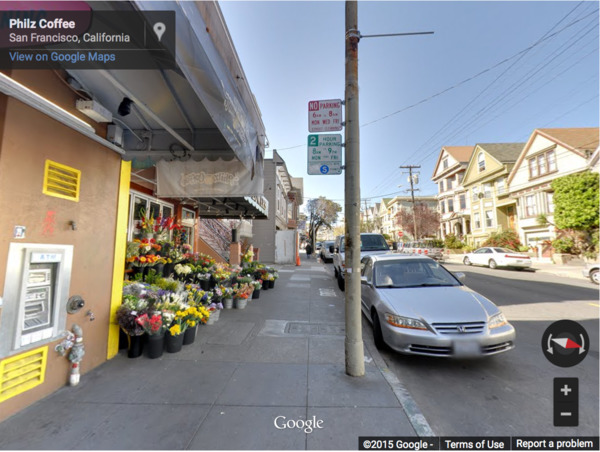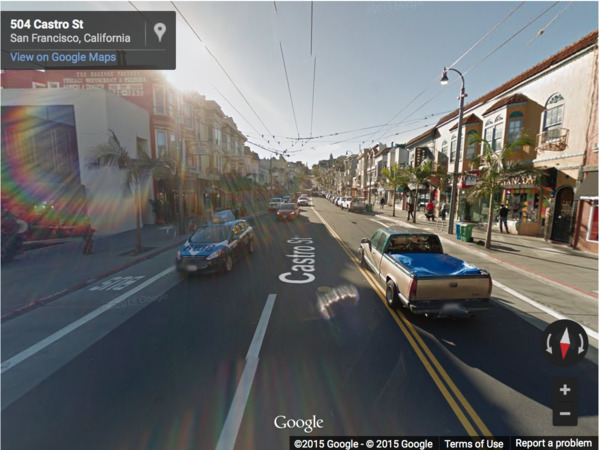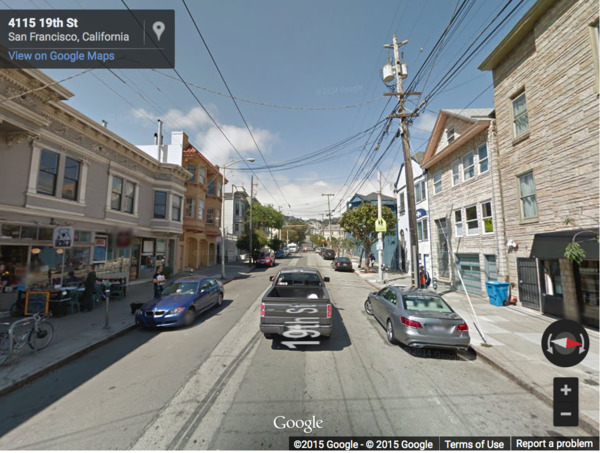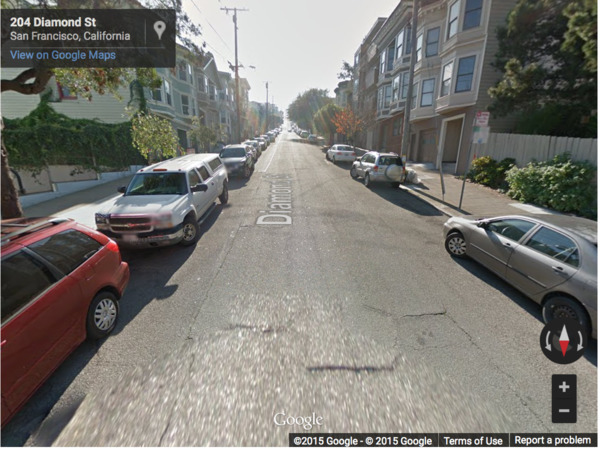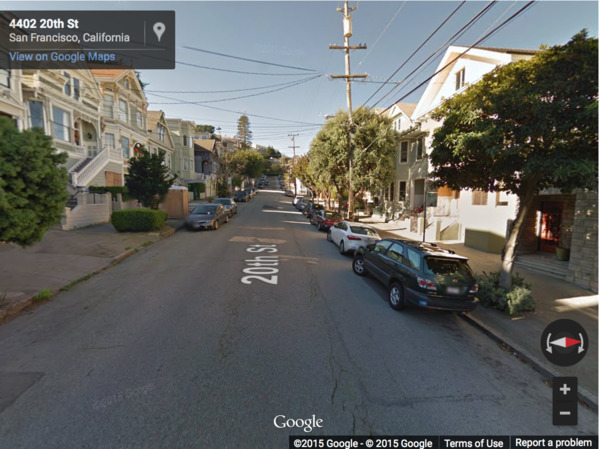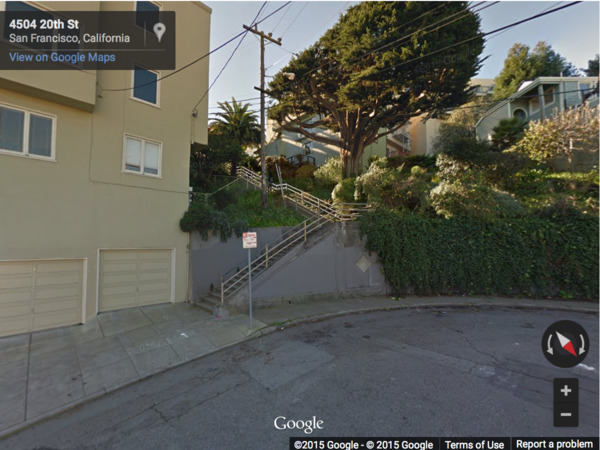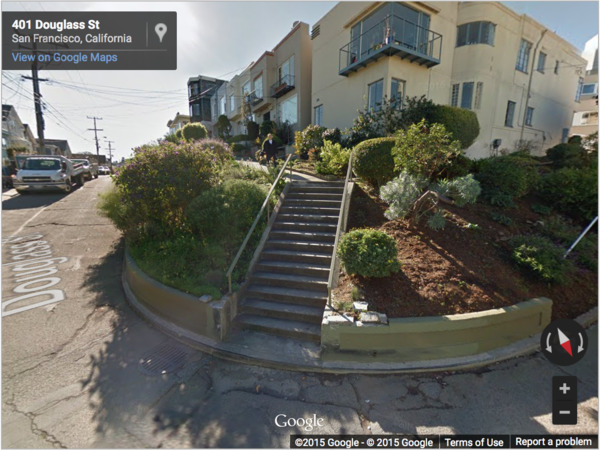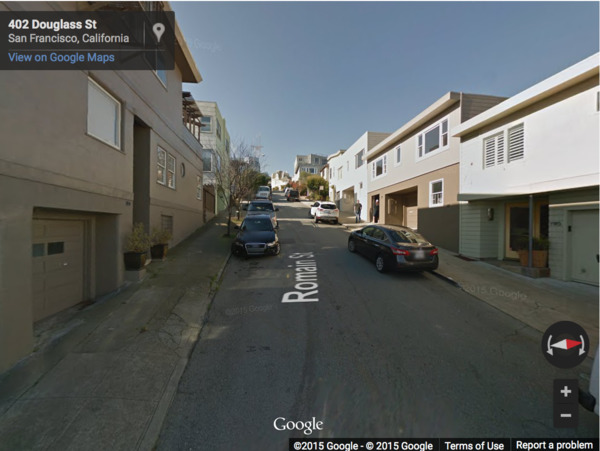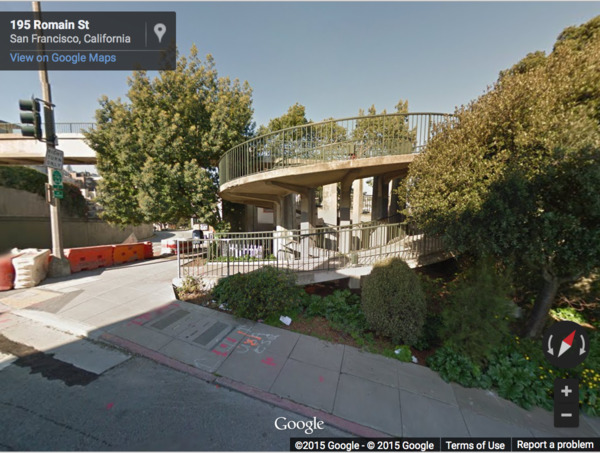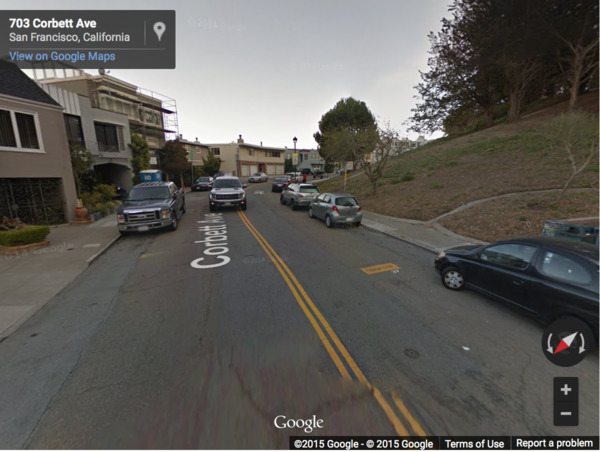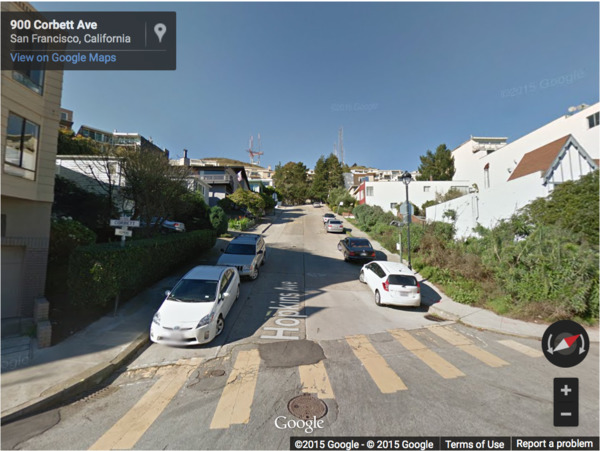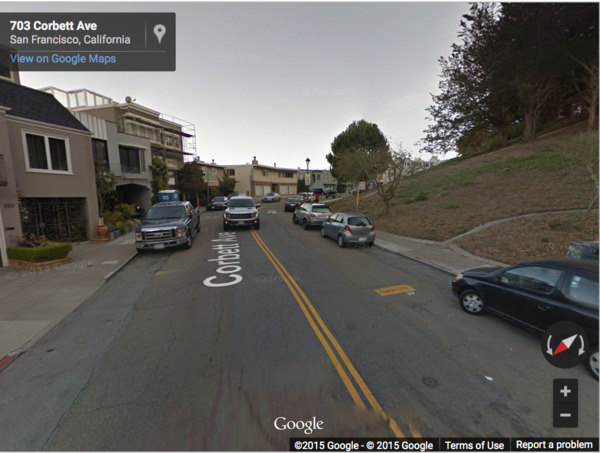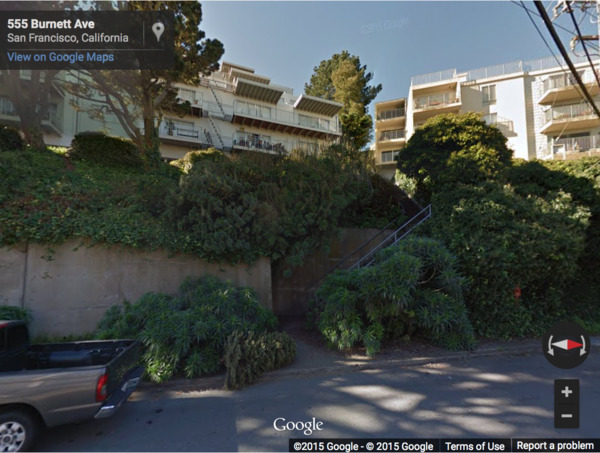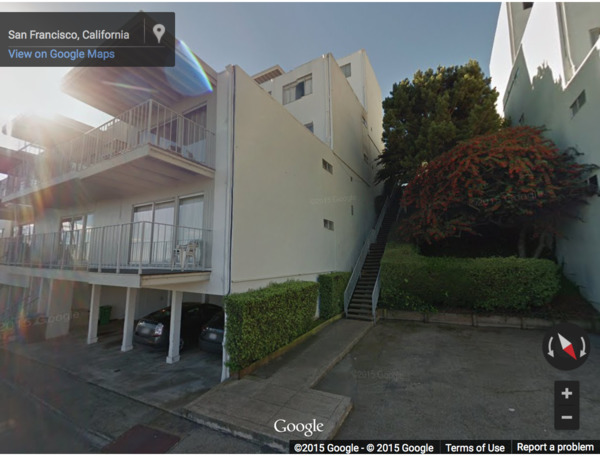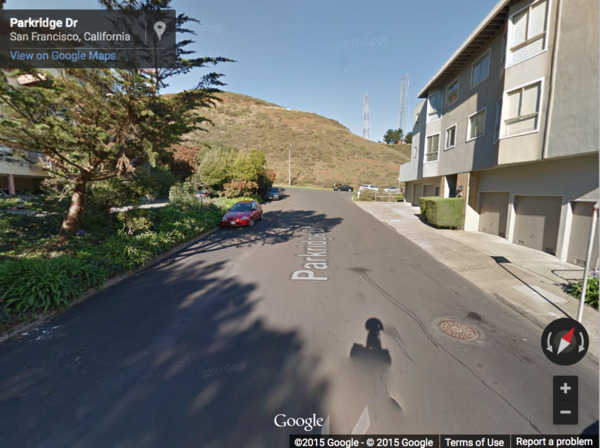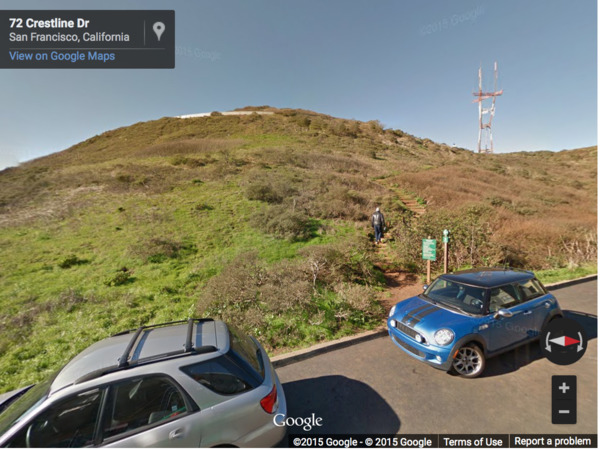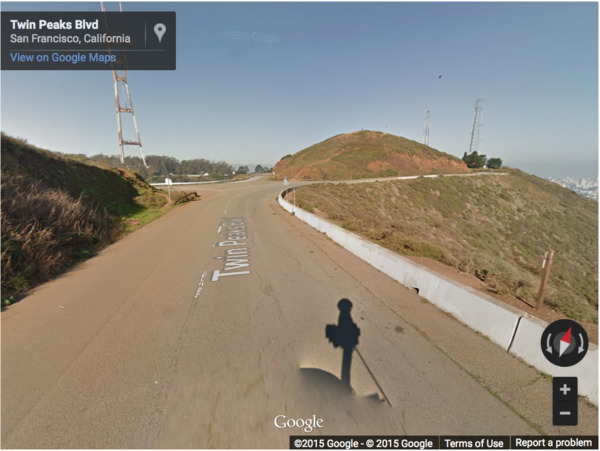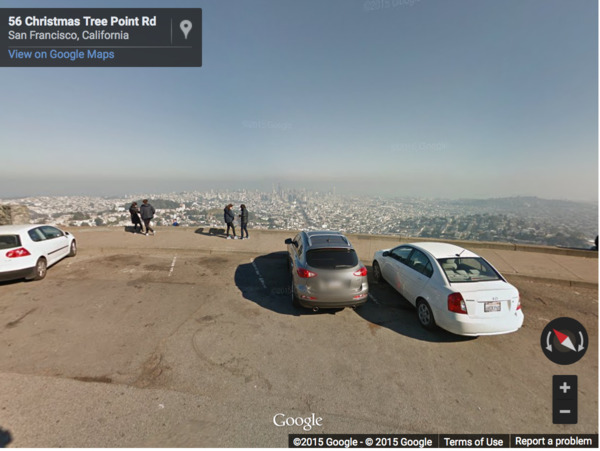tl;dr Are you a journalist interested in understanding online threats to your operations as a journalist and protecting the network of people that have given you their trust -- colleagues, informants, collaborators, partners, and social connections? I would love to talk to you.
With both Brexit and Trump this year, for better or for worse, it's clear that extreme actions are gaining popularity with the people. This saying comes to mind, "most of the evil in this world is done by people with good intentions." Things are most likely going to be fine. But in the 1% chance that shit is going to hit the fan, maintaining freedom of speech is going to be critical. We've seen from history (as recently as Tunisia, Gaddafi) that freedom of information is one of the first to go when human rights are trampled.
My colleagues in Silicon Valley is co-hosting a digital security workshop with Bloomberg in the US. I am looking to start something similar in Scandinavia. At the moment, I'm looking to interview investigative journalists on what questions or concerns you might have regarding online threats to the work that you do. The goal of the interview is for me to listen and identify topics to cover at the planned encryption and operational security free seminar for investigative journalists in 2017.
The planned seminar is structured to help investigative journalists understand the threats that you, as a journalist, face online, and how to design effective responses to those threats. At the conclusion, participants will have an understanding of what a threat model is, how to design a reasonable security posture, best practice behaviours, and, to a lesser extent, what tools are available.
If you know any reporter or journalist that might be interested to have a chat with me, please put me in touch with them. You can find my contacts on the left sidebar.

